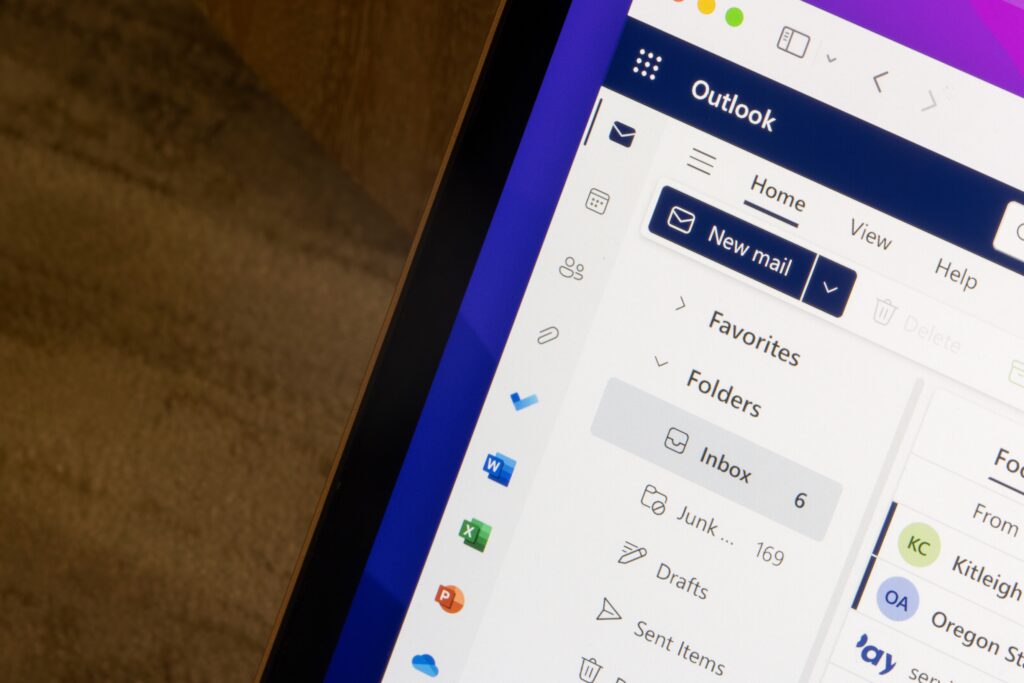Cybersecurity has once again taken center stage with the discovery of a critical vulnerability affecting Microsoft Outlook. This newly revealed flaw, with a staggering severity rating of 9.8 out of 10, poses a grave risk to users worldwide. The vulnerability could allow attackers to gain unauthorized access to systems, potentially executing arbitrary code without the user’s knowledge. If left unpatched, this issue could expose sensitive data and compromise network security.
In this blog post, we’ll break down what this vulnerability means, how it could affect you, and—most importantly—what you need to do right now to protect yourself.
Understanding the Threat
The vulnerability has been classified as critical due to its high severity and the ease with which it can be exploited. Security experts have confirmed that attackers could leverage this flaw to infiltrate Outlook users’ devices by merely delivering specially crafted emails. The attack requires no user interaction, making it a particularly dangerous zero-click exploit.
Once executed, the attacker could potentially gain control of the system, exfiltrate sensitive information, or even use the device as a stepping stone for launching further attacks on connected networks. This kind of breach poses serious risks not just to individual users but also to organizations reliant on Outlook for email communications and scheduling.
Microsoft’s Response
Recognizing the gravity of the situation, Microsoft acted swiftly to release a security update aimed at mitigating this vulnerability. The tech giant has emphasized the importance of applying this update immediately, as cybercriminals may already be working to exploit the flaw.
Microsoft has also provided a detailed advisory on how users and IT administrators can address the issue. This includes information about patch deployment, identifying signs of potential exploitation, and recommendations for best practices in system security.
Why Immediate Action is Crucial
Cybersecurity experts agree that time is of the essence in cases like these. Once a vulnerability of this magnitude becomes public knowledge, it’s only a matter of time before threat actors begin exploiting it on a large scale. Delaying the application of the patch not only puts your data at risk but also increases the chances of falling victim to ransomware attacks, phishing schemes, or other cyber threats.
Moreover, businesses relying on Microsoft Outlook for day-to-day operations could face significant disruptions if the vulnerability is exploited. A breach could lead to unauthorized access to corporate emails, potentially exposing confidential information or disrupting workflows.
How to Update Your Microsoft Outlook
Fortunately, applying the security patch is a straightforward process. Microsoft has made it easy for users to protect themselves by incorporating the update into their routine software maintenance. Here’s a step-by-step guide:
- Open Microsoft Outlook: Launch the application on your device.
- Go to the File Menu: In the top left corner, click on “File.”
- Select Office Account: Navigate to the “Office Account” tab, where you’ll find options related to your Microsoft Office software.
- Choose Update Options: Click on “Update Options” and then select “Update Now.”
- Follow the Prompts: Allow the update process to complete, ensuring your software is fully patched.
For organizations, IT teams should prioritize rolling out the patch across all systems using Outlook. Automating updates and conducting regular system checks can help minimize the risk of future vulnerabilities.
Best Practices for Staying Safe
While updating Outlook is the immediate priority, maintaining a strong cybersecurity posture involves more than just installing patches. Here are some additional steps to enhance your security:
- Enable Automatic Updates: Ensuring your software stays updated can protect you from newly discovered vulnerabilities without requiring manual intervention.
- Be Cautious with Emails: Avoid opening unsolicited attachments or clicking on links from unknown senders, as these can be vectors for malware.
- Implement Multi-Factor Authentication (MFA): Adding an extra layer of security can prevent unauthorized access even if your login credentials are compromised.
- Regularly Back Up Data: In case of a breach or ransomware attack, having a secure backup of your data can save you from catastrophic loss.
- Educate Users: For businesses, providing regular cybersecurity training to employees can help reduce human error, which is often a weak link in security.
Conclusion
This critical vulnerability in Microsoft Outlook serves as a stark reminder of the ever-evolving landscape of cyber threats. With its near-perfect severity rating, this flaw underscores the importance of proactive cybersecurity measures.
By promptly applying Microsoft’s latest update and adhering to best practices, you can safeguard your data and reduce the risk of exploitation. Remember, in the digital age, staying vigilant and informed is your best defense against cybercriminals.
Take action now—update your Outlook and secure your systems today. Don’t wait until it’s too late.








